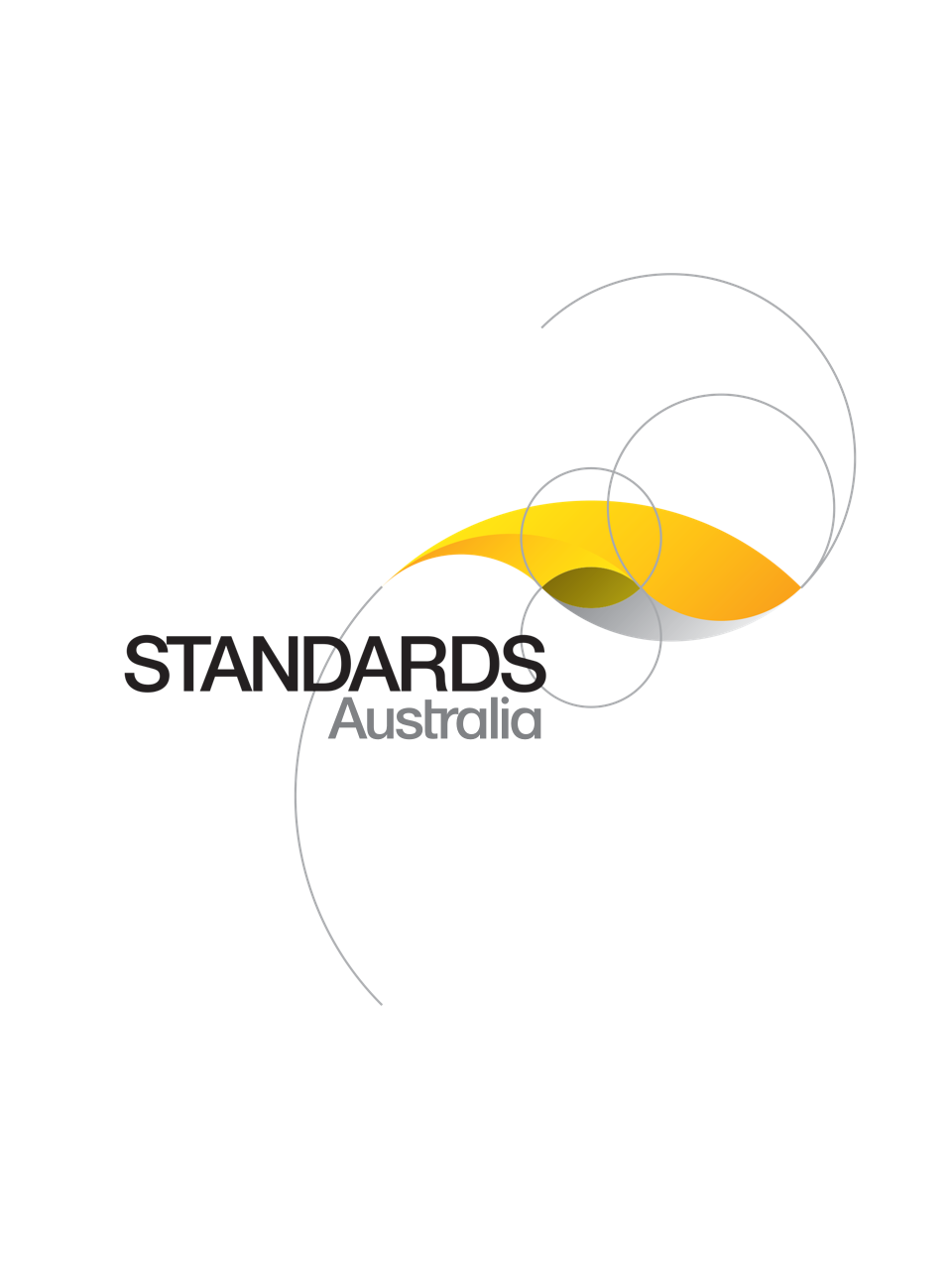Standard
Track updates
AS 5144.4:2021
[Current]Industrial trucks - Safety requirements and verification, Part 4: Driverless industrial trucks and their systems (ISO 3691‑4:2020, MOD)
Adopts and modifies ISO 3691 4:2020 for Australia, which specifies safety requirements and the means for their verification for driverless industrial trucks and their systems. KEYWORDS: Safety requirements; Verification; Driverless industrial trucks; Systems
Published: 23/04/2021
Pages: 86
Table of contents
Cited references
Content history
Table of contents
Header
About this publication
Preface
Foreword
Introduction
1 Scope
2 Normative references
3 Terms and definitions
4 Safety requirements and/or protective/risk reduction measures
4.1 General
4.1.1 Overall requirements
4.1.2 Normal climatic conditions
4.1.3 Electrical requirements
4.1.4 Stored energy components
4.1.5 Edges or angles
4.1.6 Guards
4.1.7 Interlocking devices for guards
4.1.8 Two hand control devices
4.1.9 Transmission parts
4.1.10 Electro-sensitive protective equipment
4.1.11 Pressure-sensitive protective devices
4.1.12 Hydraulic systems
4.1.13 Pneumatic systems
4.1.14 Avoidance of automatic restart
4.1.15 Foot protection
4.2 Braking system
4.3 Speed control
4.4 Automatic battery charging
4.5 Load handling
4.6 Steering
4.7 Stability
4.7.1 General
4.7.2 Tilting platform stability test
4.7.3 Stability requirements for trucks not covered by 4.7.2
4.8 Protective devices and complementary measures
4.8.1 Emergency stop
4.8.2 Detection of persons in the path
4.8.2.1 Detection of persons in the intended path in automatic mode
4.8.2.2 Measures in cases where requirements of 4.8.2.1 have to be limited or deactivated
4.8.2.3 Muting of the personnel detection means
4.8.2.4 Override of the personnel detection means
4.8.2.5 Deactivation of the personnel detection means
4.8.2.6 Selection of the active detection zone fields
4.9 Modes of operation
4.9.1 General
4.9.2 Automatic mode
4.9.2.1 Configuration
4.9.2.2 Automatic mode with an operator input
4.9.2.3 Automatic mode with a rider
4.9.3 Manual mode
4.9.3.1 Manual mode with operator
4.9.3.2 Pedestrian controlled trucks with tiller
4.9.4 Maintenance mode
4.10 Trucks intended to tow trailers
4.11 Safety-related parts of the control system
4.12 Electromagnetic compatibility (EMC)
4.13 Conveyors fitted to a truck
4.13.1 Trucks fitted with conveyors
4.13.2 Conveyors
5 Verification of safety requirements and/or protective measures
5.1 General
5.2 Tests for detection of persons
5.3 Stability tests
5.3.1 General
5.3.2 Stability tests for truck not covered by 4.7.2
5.4 Fitness for purpose
5.4.1 General
5.4.2 Structural tests
5.4.3 Dynamic tests
5.4.3.1 Purpose
5.4.3.2 Test procedure
5.4.3.3 Acceptance criteria
6 Information for use
6.1 General
6.2 Warning systems
6.3 Instruction handbook for use
6.3.1 General
6.3.2 Concerning the trucks and system
6.3.3 Operation of the trucks and system
6.3.4 Routine service and maintenance of the trucks and system
6.3.5 Operating information
6.3.6 Information for the application
6.3.7 Details for floor/ground conditions
6.3.8 Details for power sources
6.3.9 Truck modification
6.4 Minimum marking
6.4.1 Marking
6.4.2 Warning signs
6.4.3 Information plates
6.5 Putting into service (commissioning)
Annex A
A.1 General
A.2 Zones
A.2.1 Operating zone
A.2.2 Operating hazard zone
A.2.3 Restricted zone
A.2.3.1 General
A.2.3.2 Pedestrian access
A.2.3.3 Truck speed
A.2.3.4 Truck access to / from the restricted zone
A.2.4 Confined zone
A.2.4.1 General
A.2.4.2 Pedestrian access for authorized personnel
A.2.4.3 Truck access to/from the confined zone
A.2.5 Load transfer area
Annex B
Annex C
C.1 Rated capacity
C.1.1 Specification for high-lift trucks with masts
C.1.2 Standard lift height, H
C.1.3 Standard load centre distance, D
Annex D
Annex E
Bibliography
Appendix ZZ
ZZ.1 Scope
ZZ.2 Variations
Cited references in this standard
